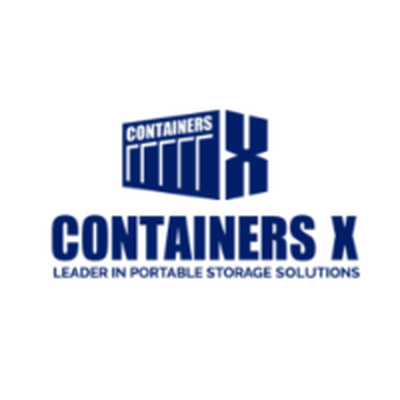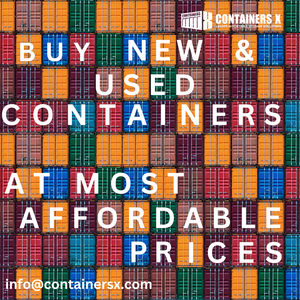Cuerpo
Shipping containers have become increasingly popular for various uses beyond just transportation. Whether you're looking to use a container for storage, as a building material, or for its intended purpose of shipping goods, understanding how to buy a shipping container is crucial.
Purpose of Buying Shipping Container
Before diving into the details of purchasing a shipping container, you need to clarify your purpose. Are you buying for storage, transportation, or converting it into a home or office space? Understanding your needs will guide your choice of container type, size, and condition.
Choose the Right Type of Shipping Container
There are various types of shipping containers for sale available, each designed for specific uses. The most common types include:
- Standard Dry Containers: Ideal for most storage and transportation needs.
- Refrigerated Containers: Perfect for storing and transporting perishable goods.
- Open-Top Containers: Suitable for heavy or oversized cargo that can’t fit through standard doors.
Choose the Right Size of Container
The size of the container you choose will depend on the amount of space you need. Here are the most common sizes:
20ft Shipping Container
A 20ft container is typically used for smaller storage needs or for transporting goods where space is limited. It offers about 33 cubic meters of internal volume and is often preferred for its ease of handling and lower cost.
40ft Shipping Container
The 40ft container is the go-to option for larger storage or transportation needs. With about 67 cubic meters of internal space, it provides ample room for bulkier items. It’s widely used for international shipping and large-scale storage projects.
Choose the Right Container Condition
The condition of the container is a key factor in its longevity and usability:
One-Trip/New Shipping Containers
These containers have only been used once, usually for transporting goods overseas. They are practically new and in excellent condition, making them the best option if you need a container that will last a long time.
Used Shipping Containers
Used containers are more affordable but may show signs of wear, such as rust or dents. They are a cost-effective choice for projects where aesthetics are less important, or for temporary storage.
Find Out How Much It Costs to Buy a Shipping Container
The cost of shipping containers varies based on size, condition, and location. Generally, you can expect to pay:
- 20ft Container: $2,000 - $3,000
- 40ft Container: $3,000 - $4,500
Prices can fluctuate based on market conditions and availability, so it’s advisable to shop around and negotiate with sellers.
Where to Buy Shipping Containers?
Finding a reliable supplier is crucial to getting a good deal. Here are your options:
Local Dealers
Local dealers often have a variety of containers in stock, allowing you to inspect them before purchase. They may offer delivery services, which can simplify the buying process.
Individual Sellers
You may find individual sellers offering containers at lower prices. However, this option requires more diligence in inspecting the container’s condition and verifying the seller’s credibility.
Shipping Container Suppliers
Shipping container suppliers like ContainersX often have a wide range of containers and can offer expert advice on which type and size best suit your needs. They may also provide warranties and better customer service.
Cheapest Way to Buy Shipping Containers
To get the best deal, consider buying used containers from auctions or online marketplaces. Additionally, buying in bulk or during off-peak seasons can help you secure lower prices.
Inspect the Shipping Container
Before finalizing your purchase, inspect the container thoroughly. Look for signs of rust, structural integrity, and any potential leaks. This step is essential to ensure that the container meets your requirements and is worth the investment.
Obtain Necessary Permits
In many areas, you’ll need permits to store or modify a shipping container. Check with local authorities to ensure you have all the necessary documentation before proceeding with your purchase.
Essential Site Preparation
Prepare the site where the container will be placed. This might include leveling the ground, laying a foundation, or installing supports to keep the container stable.
Transport the Shipping Container
Transporting a shipping container requires careful planning. Ensure the route to your site is accessible for large vehicles and that you have the necessary equipment to offload the container safely.
Want Expert Advice on Buying a Shipping Container?
If you’re still unsure about which container to buy, don’t hesitate to seek expert advice. At ContainersX, we offer comprehensive guidance to help you make the best choice for your specific needs.









Comentarios